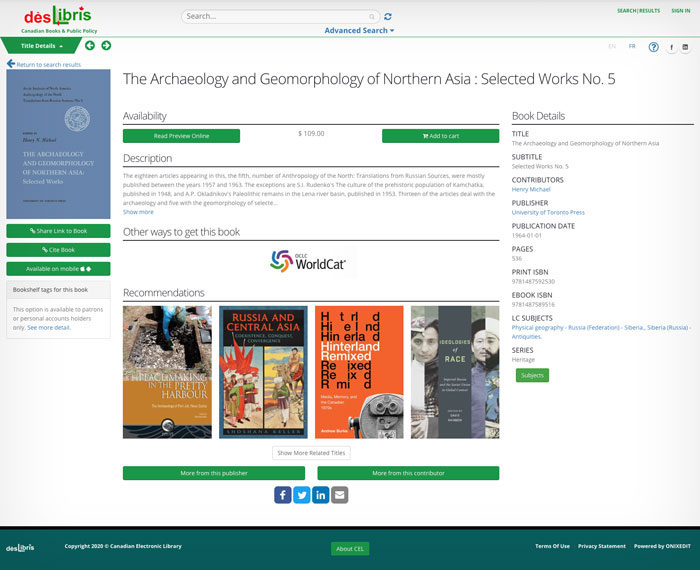In the past few months we’ve witnessed an increase in online content consumption largely due to people seeking out professional and scholarly readings from the safety of their own homes. As such, easy online access to expert information has never been so important. The increased readership provides an opportunity for publishers to build and maintain a loyal audience.
Keeping subscribed readers engaged is key to achieving better retention. Research in digital subscription models frequently shows that “an engaged user is a valuable user” (Source: Lenfest Institute), directly linking on-site activity to user satisfaction. High-quality content goes a long way when it comes to keeping a user engaged, but will only be effective as long as readers can effortlessly hop from one interesting piece to the next. Publishers should therefore focus on creating a user experience that increases the number of pages viewed per session as well as time spent on site.
This is no small task: while there is no shortage of quality writing in academic and industry publications, getting users to navigate within an entire catalog of journals, book chapters, and articles can prove challenging. Investing in a good search tool is a must, but what happens when users don’t know what to search for?
That’s where content recommendations come in. By optimizing the page real estate with recommended, relevant readings as well as sending personalized suggestions in email campaigns and newsletters, publishers promote content discovery and can better capture and retain audience attention. Matching similar topics, categories, and research subjects enables the users to spend less time looking for the next piece and more time reading it. It’s also a great way to control the user journey to drive more traffic towards premium content types such as special issues, whitepapers, or multimedia assets. The strategy for keeping readers moving through the site and ensuring that none of the pages are a dead end to their journey is called recirculation.
Finding the right content for the right audience: AI technology to the rescue
This won’t come as a surprise for publishers already prioritizing audience engagement efforts in order to service their regular readership. Newsletters tend to bring the most valuable traffic and in situ content recommendations will retain those avid content consumers, so it’s not unusual for editorial teams to create manually curated lists of suggested readings. However, when it comes to designing a content discovery strategy for a site with a large database of niche content, automation is a publisher’s best friend. A content recommendation engine can make connections between hundreds of thousands of items, linking recent pieces to long-tail content, and regularly updating the recommendations in order to include new publications as they come in.  Bibblio recirculates relevant books and other works for the Canadian Electronic Library
Bibblio recirculates relevant books and other works for the Canadian Electronic Library
Bibblio has partnered with Silverchair to bring cutting-edge audience engagement technology to their network of digital publishers via the Silverchair Universe program. Our full-service AI discovery platform encourages readers to consume more content and stay longer on a site by recirculating and personalizing recommendations seamlessly.
Content recommendation technology is a powerful tool for specialized markets and niche publishers. Simply matching scholarly content based on topics or keywords does not suit a professional audience looking for content within their specialty: that’s why Bibblio uses standardized natural language processing (NLP) to thoroughly analyze expert content. This extracts relations, typed dependencies between words, and synonyms, that can be used in powerful context-aware semantic applications. This metadata is mapped to the IPTC media taxonomy for our text categorization graph. This allows for richer, more complex mapping on all types of content items, regardless of their size.
From there, Bibblio’s AI generates laser-focused recommendations at scale using a blend of sophisticated algorithms that rank content items according to semantic similarity, user aggregate behavior, and reading history. Publishers have the freedom to choose between suggesting content centered around a topic, or leverage their subscribers' data to offer a premium experience to those high value users on their platform. Editors can also tap into Bibblio’s analytics to find out how readers interact with the recommendations, so they can make data-driven decisions about their audience development strategies.
Because there is no silver bullet to finding the perfect audience engagement strategy, Bibblio offers consultations to publishers who need assistance with designing a content discovery experience tailored to their site.
Get in touch at hello@bibblio.org to find out how you can drive more value from your content today.